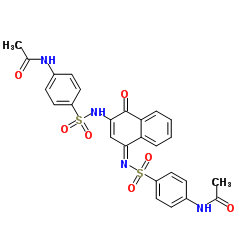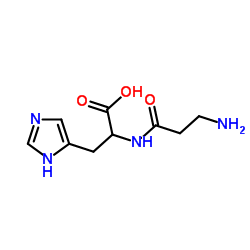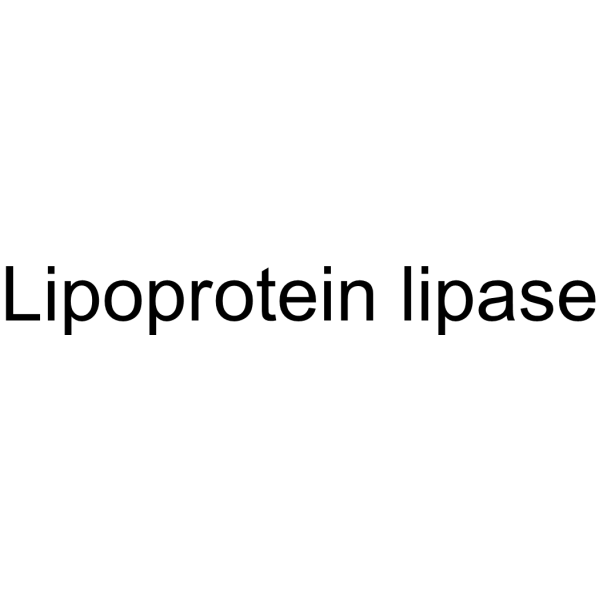Nature
2006-03-30
Analysis of the DNA sequence and duplication history of human chromosome 15.
Michael C Zody, Manuel Garber, Ted Sharpe, Sarah K Young, Lee Rowen, Keith O'Neill, Charles A Whittaker, Michael Kamal, Jean L Chang, Christina A Cuomo, Ken Dewar, Michael G FitzGerald, Chinnappa D Kodira, Anup Madan, Shizhen Qin, Xiaoping Yang, Nissa Abbasi, Amr Abouelleil, Harindra M Arachchi, Lida Baradarani, Brian Birditt, Scott Bloom, Toby Bloom, Mark L Borowsky, Jeremy Burke, Jonathan Butler, April Cook, Kurt DeArellano, David DeCaprio, Lester Dorris, Monica Dors, Evan E Eichler, Reinhard Engels, Jessica Fahey, Peter Fleetwood, Cynthia Friedman, Gary Gearin, Jennifer L Hall, Grace Hensley, Ericka Johnson, Charlien Jones, Asha Kamat, Amardeep Kaur, Devin P Locke, Anuradha Madan, Glen Munson, David B Jaffe, Annie Lui, Pendexter Macdonald, Evan Mauceli, Jerome W Naylor, Ryan Nesbitt, Robert Nicol, Sinéad B O'Leary, Amber Ratcliffe, Steven Rounsley, Xinwei She, Katherine M B Sneddon, Sandra Stewart, Carrie Sougnez, Sabrina M Stone, Kerri Topham, Dascena Vincent, Shunguang Wang, Andrew R Zimmer, Bruce W Birren, Leroy Hood, Eric S Lander, Chad Nusbaum
Index: Nature 440(7084) , 671-5, (2006)
Full Text: HTML
Abstract
Here we present a finished sequence of human chromosome 15, together with a high-quality gene catalogue. As chromosome 15 is one of seven human chromosomes with a high rate of segmental duplication, we have carried out a detailed analysis of the duplication structure of the chromosome. Segmental duplications in chromosome 15 are largely clustered in two regions, on proximal and distal 15q; the proximal region is notable because recombination among the segmental duplications can result in deletions causing Prader-Willi and Angelman syndromes. Sequence analysis shows that the proximal and distal regions of 15q share extensive ancient similarity. Using a simple approach, we have been able to reconstruct many of the events by which the current duplication structure arose. We find that most of the intrachromosomal duplications seem to share a common ancestry. Finally, we demonstrate that some remaining gaps in the genome sequence are probably due to structural polymorphisms between haplotypes; this may explain a significant fraction of the gaps remaining in the human genome.





